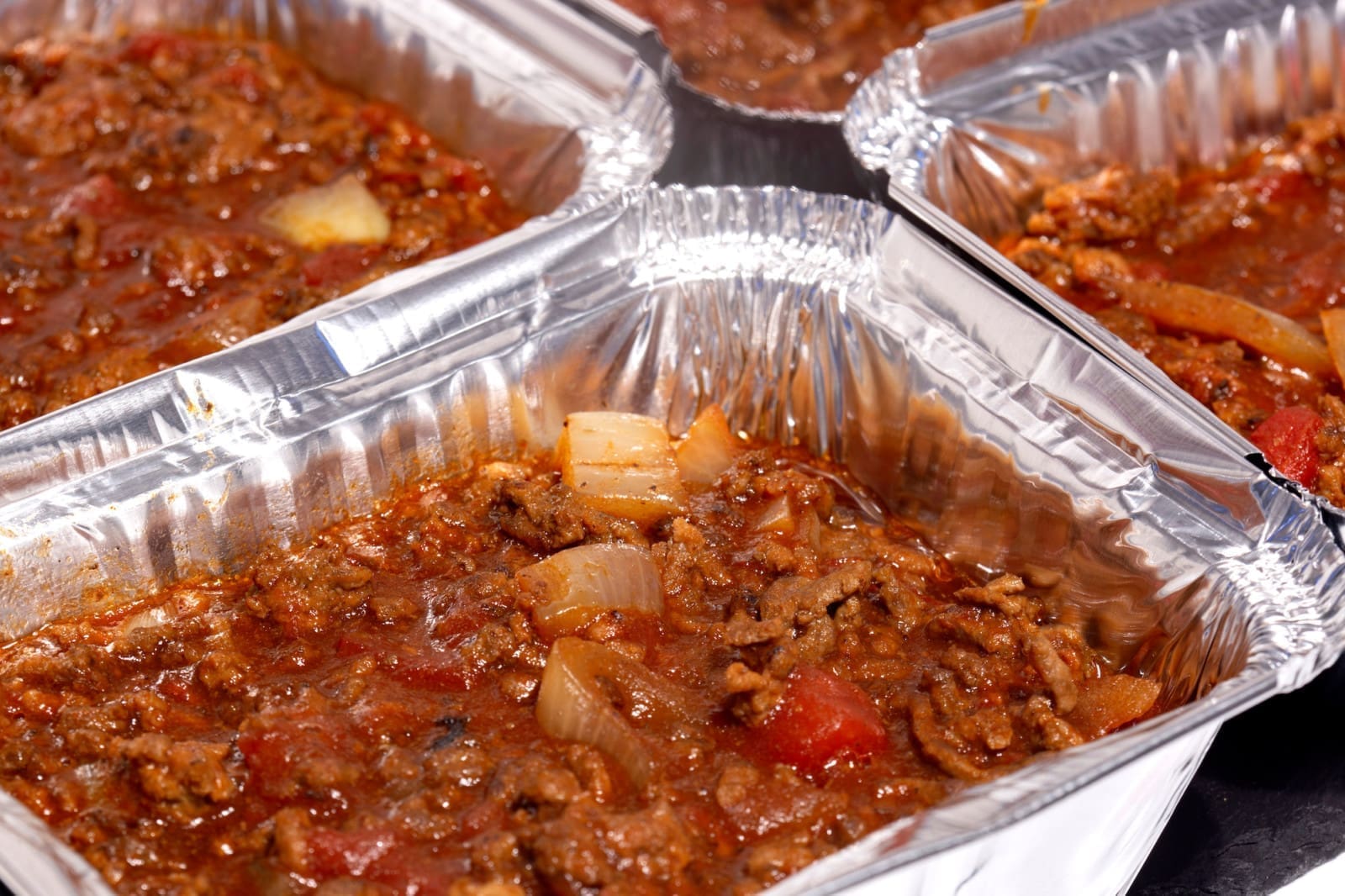
Get stories and expert advice on all things related to college and parenting.

When your student gets hungry, short on time, or just misses your cooking, you can give them a little taste of home to get them through the week. By preparing thoughtful, easy college meals in advance, they will have a quick and easy alternative to the dining hall fare offered by their meal plan. They might even stave off the dreaded Freshman 15 — or the other pounds students can gain as sophomores, juniors, or seniors.
No matter the reason, college students who live within driving distance will welcome some home-cooked meals whether they are in a college dorm or live off campus.
A homemade meal can also boost mental health by creating a shared experience between you. If you and your student do the meal preparation together, even better.
At all ages, the benefits of cooking together extend beyond the time spent. It can even solidify family recipe traditions. There’s no reason to be intimidated by the prospect of chopping, cutting, and cooking. Preparing meals in advance can be an enjoyable experience with the right planning and preparation. They can also help your students in maintaining a healthy diet.
Here’s how to help your student prepare healthy food for college:
Just because something is yummy straight out of the oven, fryer, or fridge, it doesn’t mean it’s necessarily good reheated days later.
The best meals to pack for college taste almost as good out of the microwave as they did in your kitchen. Soups that tend to reheat well include chicken noodle soup, pea soup with ham, and mushroom barley soup. Comfort foods that are particularly good leftovers are chili, stews, and other meats and vegetables that can be prepared in a Crockpot.
Foods that don’t do so well include anything fried or foods with a crumb topping. When your student defrosts these plates, they lose all of the crunch and become a soggy mess.
If your fried chicken or other fried dish is a must-have, send it along for next-day consumption and just keep it refrigerated. Your student can heat it up in a microwave on reduced power, then crisp it for a few minutes in a toaster oven.
College kitchens and storage spaces are not created equal. Dorm rooms and apartments have different amounts of counter space and cupboards. Your student may only have a small kitchen area with a compact refrigerator, or they may share space in a fridge with other students.
Be mindful of limited food storage as you pack meals for college. A large Crockpot or wide pizza box might just not fit into a mini fridge.
Half homemade-half fresh foods offer the best of both worlds. You can add homemade sauces or cooked vegetables to shelf-stable products. For instance, your student can boil some dry pasta and then defrost homemade Bolognese can be so much more comforting than some butter and parm.
Don’t underestimate the power of ramen. Even with a small refrigerator and microwave, some small-cut fresh veggies can turn a regular package of dry ramen into a better-balanced and heartier dish.
A few basic condiments, such as red pepper flakes or hot sauce can elevate any dish. Just keep in mind your student’s tastes in food and any hidden allergies.
Be like Santa: make your list and check it twice. Need some recipe inspo? Make sure you use the phrase “easy recipe” in your internet searches. Otherwise, you may find yourself knee-deep in obscure, complicated, and elevated dishes that have no place in your back-to-school repertoire.
Balance these practicalities with your student’s limited storage space to calculate how many dishes you can make.
Half the fun of preparing meals in advance is shopping for containers. The best containers for packing food for college might be as simple as the old Chinese takeout containers in the back of your pantry — especially if your student is prone to losing things. You may also find some inexpensive, disposable containers in your supermarket or online.
When choosing a container, think about whether your dish has side dishes or just one main dish. Consider multiple containers if you need to keep dry food and wet food apart until it is reheated.
You don’t have to be an expert on the Food Safety Modernization Act to know that you should keep food at a certain temperature to reduce the risk of spoilage. Preparing food that keeps for a long time is the first step to safe transport. So, how do you safely transport those refrigerated and frozen foods?
A big part of the reason why your home-cooked meal is special is that it is part of home. Everyone can benefit from the love and security of a home meal. Even more so if you include a handwritten note to your student.
Get cooking!